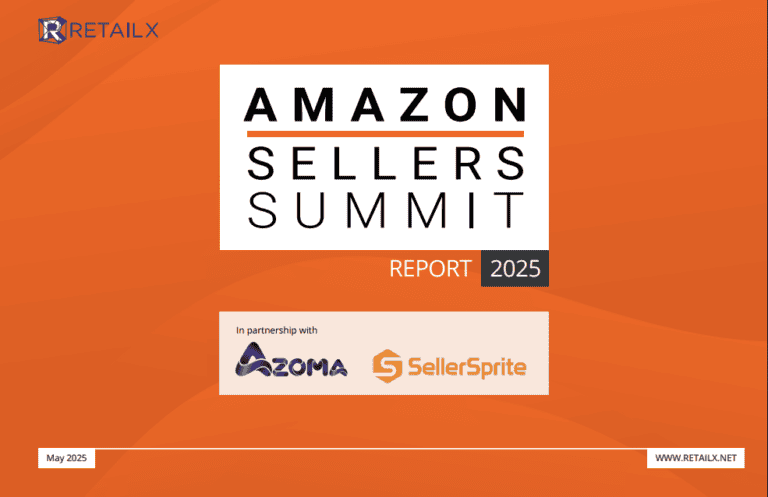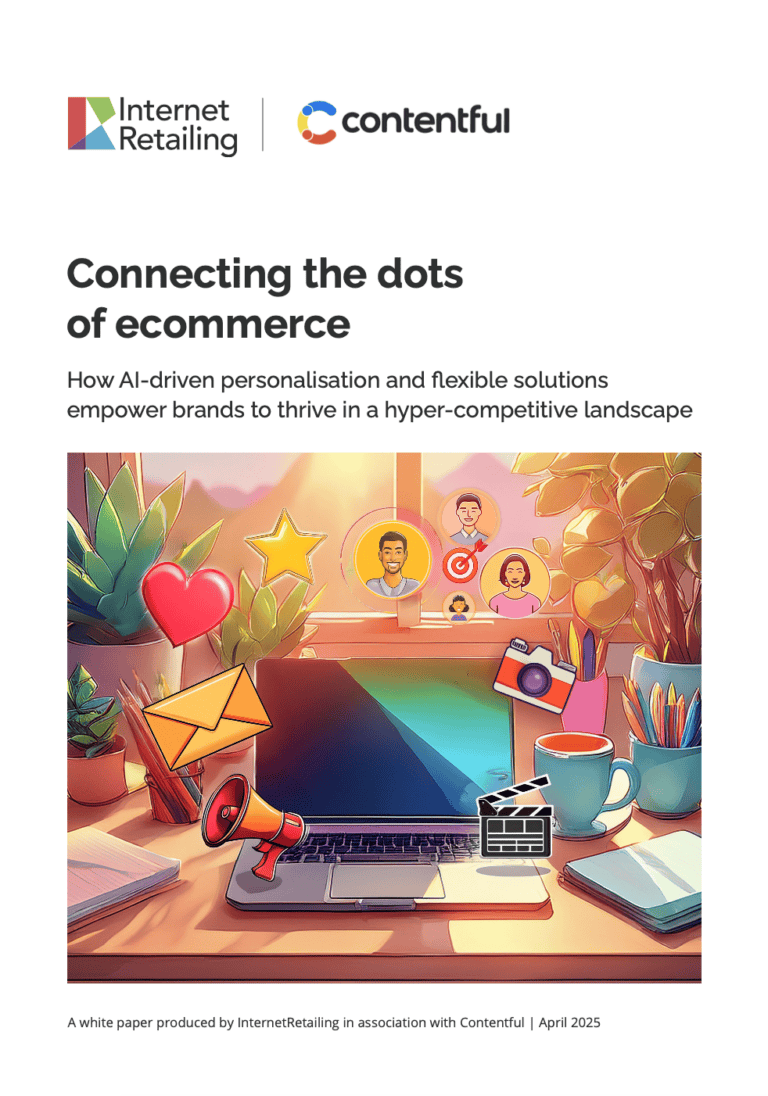The idea that a path-to-purchase is inherently transactional with a beginning and an end is far too linear for retail in 2023, according to Craig Summers, Managing Director UKI at Manhattan Associates.
He says: “Shopping is no longer a simple act of practical consumption: it is an opportunity for self-expression and often a signal of virtue through a choice. This is underlined by the fact that 77% of shoppers say they would prefer options that allow them to select a delivery method based on speed, cost and sustainability, whereas only 50% of retailers provide this capability currently.”
For decades many brands have operated store and digital channels independently, with different ecommerce and point-of-sale platforms. While they have made significant strides in terms of integrating their digital and in-store experiences, it is in the critical transitions between the two that most still struggle with. With the evolution of the connected, hybrid shopper since the pandemic, delivering a consistent customer journey across every owned physical and digital touchpoint is easier said than done.
“A lack of foundational capabilities to tie digital and physical experiences together means retailers lose important context when shoppers move from one channel to another and back again, which in turn introduces avoidable friction across the shopper journey,” adds Summers.
The unification of digital-physical and vice versa, requires a fundamental reset both philosophically and technologically and the numbers bear out this statement. According to Manhattan’s Benchmark study, the average revenue growth rates for speciality retailers (Leaders: +6%; Challengers: +2%; Followers: +1.5%; Laggards: +1%), show the clear benefit of investing in a truly unified commerce strategy.
“A new age of considerate consumerism is reshaping commerce as we know it. With a third of the population younger than Amazon and likely to know Jeff Bezos for going into Space, rather than founding the online book store, one-click ordering, and fast and free shipping aren’t game-changers anymore, they are table stakes in retail today. With so many shoppers passionately embracing new values such as sustainability, social equity, holistic wellness and inclusivity they expect their favourite brands to stand up and do the same,” continues Summers.
With consumer behaviour shifting, the Benchmark report outlines three key areas retailer need to focus on when it comes to delivering truly unified commerce experiences.
Customisation isn’t just about products…
Bespoke options are now expected at every step of the retail journey, not just from products. However, only 50% of retailers offer nuanced, category-specific filters for a simplified product discovery experience.
Visibility needs to take into account every step of the path-to-purchase…
While 91% of retailers offer shoppers order tracking across their digital channels, just 24% provide real time order status alerts/communication about delays. Similarly, while 93% detail inventory availability on the product detail page (PDP), only 20% offer real time inventory statistics on the PDP.
Flexibility and convenience is about more than just speed, it’s about options…
When it comes to ‘Promising and Fulfilment’ 57% of leaders offer shoppers a comprehensive set of delivery and pick- up options, focusing not just on speed but on flexibility to fit busy lifestyles (compared to 23% of non-leaders), accommodating ordering complexity without compromising checkout convenience.
“Many of the findings from the Benchmark underline what we’ve known for some time – shoppers don’t see channels the way retailers do. They simply shop. For brands, embracing a digital-first philosophy doesn’t mean giving up on physical retail, it simply means amplifying and fusing both physical and digital together seamlessly.
“By helping shoppers find products that align with their values systems, being more transparent about supply chains and providing education about the environmental impact of different shipping options, brands can shift the traditional narrative, from one that has largely revolved around profit, to one that mirrors the popular zeitgeist of the age,” concludes Summers.









